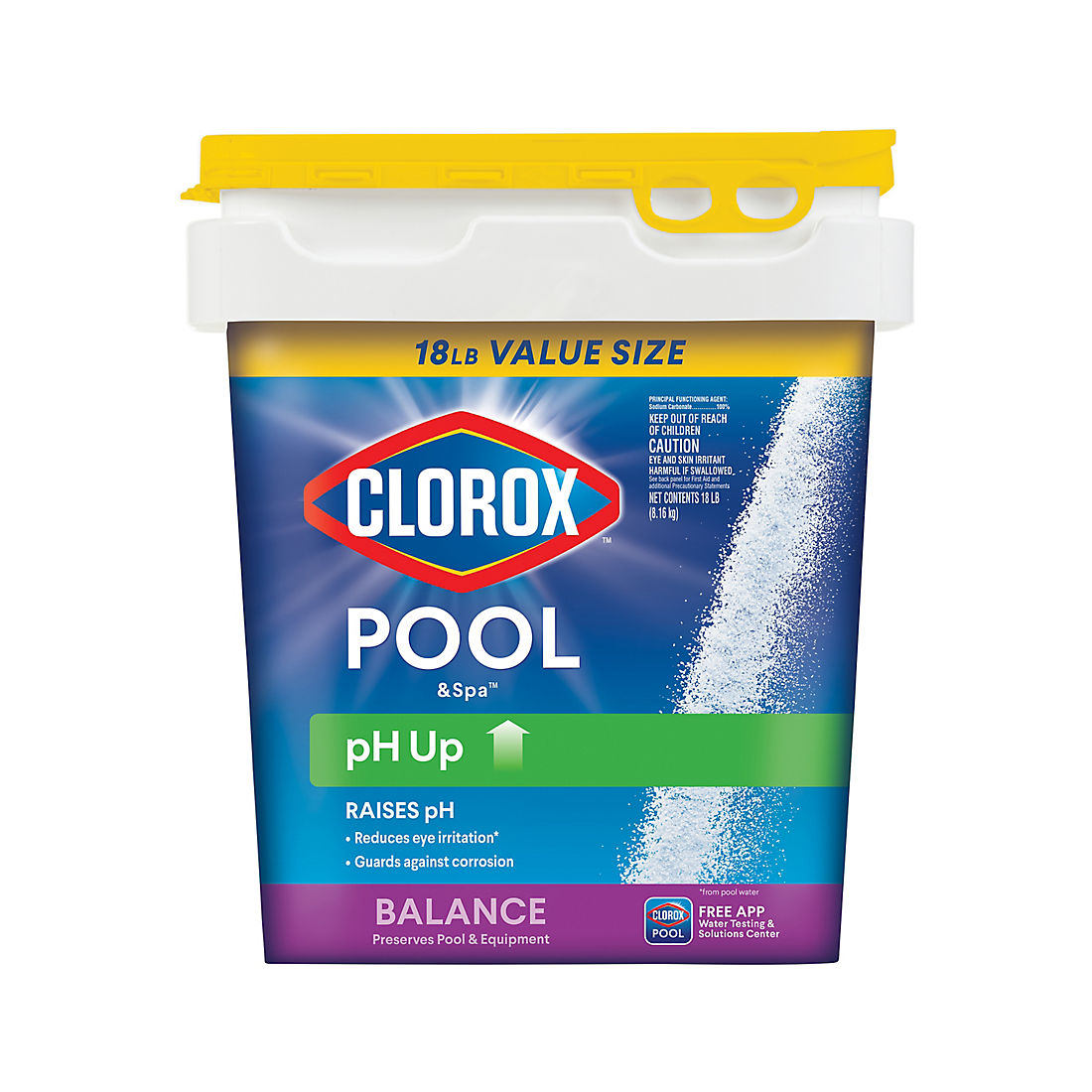Having a well-balanced pH level is crucial for maintaining a clean and safe swimming pool. A low pH level can lead to corrosion of pool equipment and irritate swimmers’ skin and eyes. If you find that your pool’s pH level is too low, there are several effective methods for bringing it back into the ideal range.
Importance of pH Balance in Pool Water
Proper pH balance is essential for ensuring that your pool water is comfortable and safe for swimmers. The recommended pH range for pool water is between 7.2 and 7.8. When the pH level falls below 7.2, the water becomes acidic, leading to various issues including corrosion of metal fixtures, staining of pool surfaces, and skin and eye irritation. Therefore, it’s important to address low pH levels promptly to maintain a healthy pool environment.
Methods to Increase pH in a Pool
There are several effective methods to increase the pH level in your pool. Here are some tried and tested approaches:
1. Use Soda Ash (sodium Carbonate)
Soda ash is a popular choice for increasing pH in pools. When added to the water, it acts as a pH buffer, effectively raising the pH level. To use soda ash, carefully follow the manufacturer’s instructions for the correct dosage based on your pool’s size and current pH level.
2. Add Sodium Bicarbonate (baking Soda)
Baking soda is another safe and readily available option for raising the pH in your pool. It can also help to stabilize the alkalinity of the water. Properly distribute the baking soda evenly across the pool and allow it to dissolve before retesting the pH level.
3. Aerate The Water
Aerating the pool water can help raise the pH level. You can achieve this by turning on fountains, waterfalls, or other water features to increase the exposure of the water to air. This will drive off excess carbon dioxide and raise the pH over time.
4. Use A Ph Increaser Chemical
If the pH level is significantly low, using a commercial pH increaser chemical can provide a quick and efficient solution. Be sure to carefully follow the product instructions and measure the pH level after application to avoid overcorrection.
5. Consult With A Professional
If you are unsure about the appropriate course of action, it’s advisable to seek guidance from a pool maintenance professional. They can accurately assess the situation and recommend the best approach to bring the pH level up to the optimal range.

Credit: www.bjs.com

Credit: www.amazon.com
Testing and Maintenance
Regular testing and maintenance are key to preventing pH imbalances in your pool. It’s important to test the pH level frequently, especially during periods of heavy pool usage or following the addition of new water. By monitoring the pH level consistently, you can take prompt corrective action to maintain a healthy and enjoyable swimming environment.
Conclusion
Maintaining the proper pH level in your pool is essential for preserving the integrity of the pool materials and ensuring a comfortable swimming experience for all users. By utilizing the methods mentioned in this guide and staying proactive with regular testing and maintenance, you can effectively raise the pH level in your pool and enjoy a clean, balanced swimming environment.





